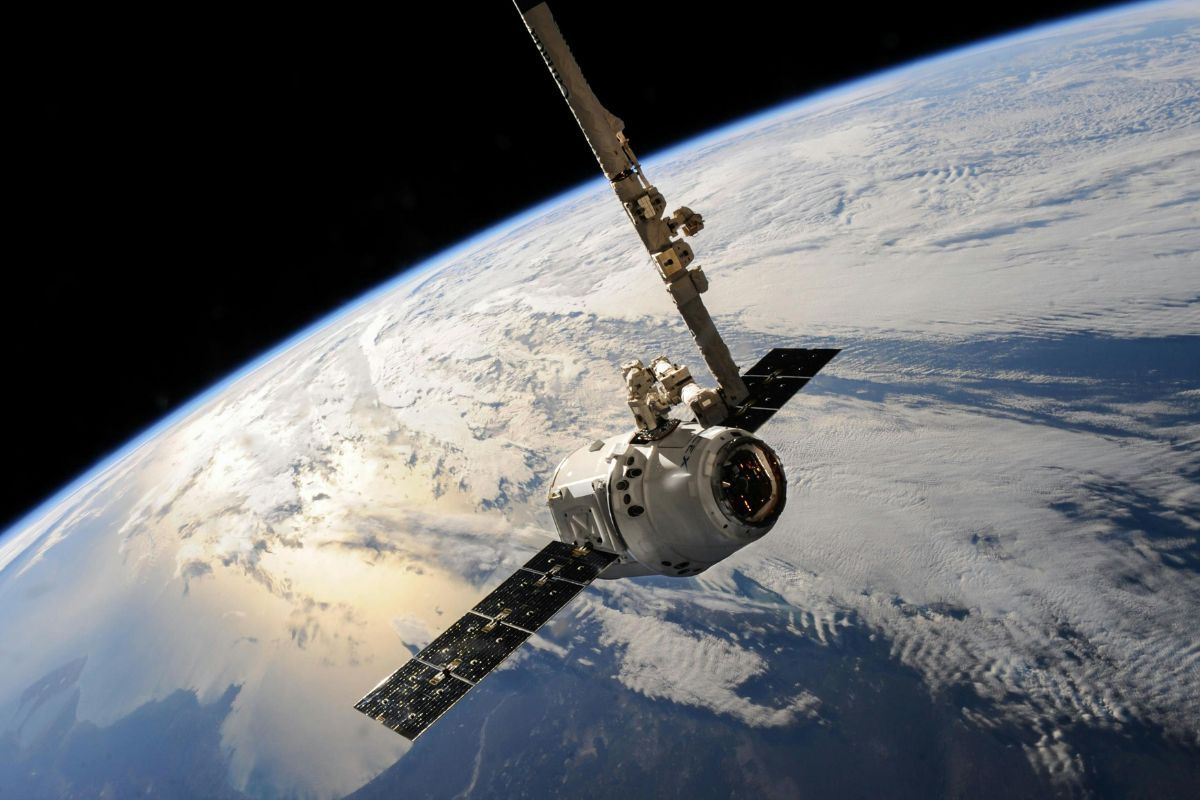Recently, many people have been treated to a spectacular sight of auroras, commonly known as the Northern Lights in the north and the aurora australis in the south, in unexpected locations much further south than usual. This phenomenon has been attributed to heightened solar activity.
Typically, auroras are commonly observed near the poles, with peak moments making them more visible. However, during particularly intense solar activity, auroras can be seen in unconventional places, as has been the case in recent days. Countries where such sightings are rare have had the opportunity to witness these breathtaking displays over the weekend.
Solar activity follows an 11-year cycle, with periods of heightened activity leading to more frequent and intense auroras. The recent surge in solar activity has resulted in an extraordinary opportunity for people to witness the colourful sky phenomenon in unconventional locations.
Solar cycles, spots and flares
The Sun, a sphere of hot, electrically charged gas, undergoes continuous motion, resulting in the creation of a dynamic magnetic field. This magnetic field is not constant but fluctuates in intensity over approximately 11-year cycles.
In certain areas of the Sun, particularly active magnetic field activity hinders the transfer of internal heat to the surface, leading to the formation of cooler patches known as sunspots. These areas appear darker when observed from Earth due to the heightened solar activity, with the darkness of the spots correlating with the intensity of solar activity.
Intense magnetic field activity around sunspots can lead to the occurrence of small explosions called flares. These flares release significant amounts of radiation and particles from the Sun’s surface, emanating from the corona surrounding the star. Typically, these flares coincide with the peaks of the solar cycle. Auroras, or the Northern and Southern Lights, are a result of these solar flares. Consequently, the likelihood of witnessing auroras varies depending on the level of solar activity.
How are auroras formed?
Auroras form when charged particles from solar flares collide with gases in Earth’s atmosphere. This collision excites the gas atoms, causing them to emit light. The color of the light depends on the type of gas and its altitude.
Oxygen atoms typically emit red and green photons. However, there’s a delay with red photons, taking nearly two minutes to emit. If the excited atom collides with another before emitting the photon, the process halts. In higher atmospheric layers with lower oxygen concentrations, collisions are less likely, allowing red photons to emit more freely. Green photons, on the other hand, emit in less than a second, regardless of atom concentration. As a result, green light dominates in lower atmospheric layers, while higher altitudes see a mix of green and red light.
Additionally, blue and violet hues may appear, stemming from the excitation of nitrogen atoms, more prevalent in lower atmospheric layers.
Ultimately, aurora colours are determined by altitude. Yet, one question remains unanswered.
Why are they usually seen near the poles?
When solar particles interact with Earth’s magnetic field, they encounter varying intensities, stronger at the equator and weaker at the poles. As a result, these particles migrate towards the poles where the magnetic field is more penetrable, typically leading to auroras in polar regions.
However, during periods of heightened solar activity, such as recent events, the density of charged particles is sufficient to breach even denser regions of the magnetic field. This explains the occurrence of auroras in unconventional locations. The reddish hues observed are attributed to their formation in the upper atmospheric layers.
Yet, while the sight of auroras may be captivating, their appearance far from the poles signifies potentially hazardous conditions. High solar activity poses risks, as radiation and electrically charged particles can disrupt telecommunication infrastructure. This was evident during the solar cycle of 2003 when, despite the beauty of the auroras, incidents occurred such as fluctuations in the North American power grid and power outages in Sweden. Additionally, twelve electrical transformers were destroyed in South Africa.
The least friendly face of the auroras
During this event, while there have been minor disruptions in telecommunications, they are not as severe as in the past. The auroras, however, are truly spectacular. In Spain, for instance, they are estimated to be the most visible since 1938, during the midst of the civil war.
This remarkable display is attributed to heightened activity in a sunspot region known as AR3664. This area is so active that the auroras can even be observed with the naked eye from Earth. If you plan to witness them, remember to use special glasses, akin to those used for satellite observation. Fortunately, enjoying the auroras requires no special equipment.
Every night, the sky presents us with unique spectacles, but this time, the panorama is undeniably exceptional.
Follow Ground Report for Environmental News From India. Connect with us on Facebook, Twitter, Koo App, Instagram, Whatsapp and YouTube. Write us on GReport2018@gmail.com and subscribe our free newsletter.
Don’t forget to check out our climate glossary, it helps in learning difficult environmental terms in simple language.









